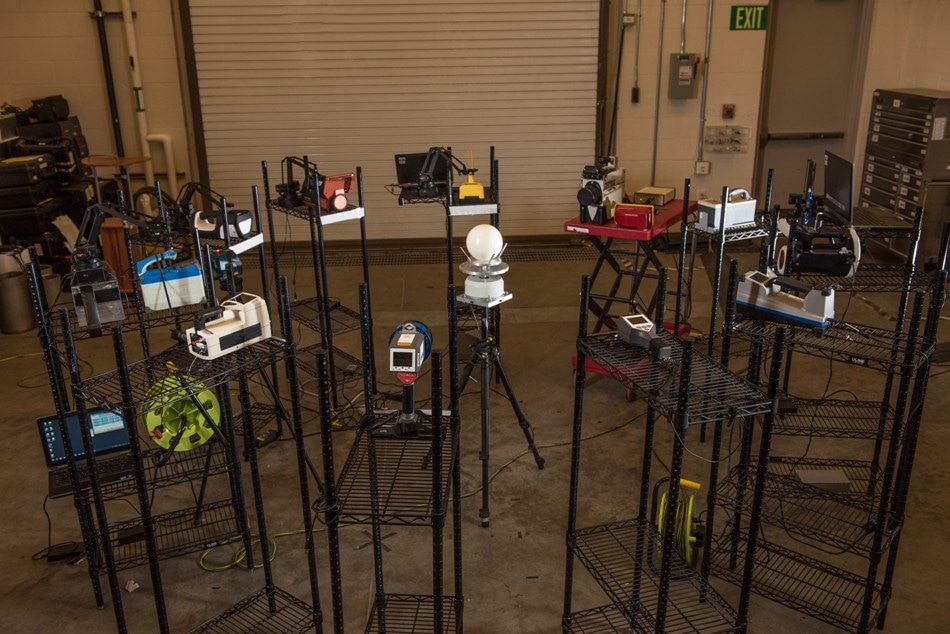Jul 31 2019
Nuclear power plants can endure the most severe weather and do not release hazardous greenhouse gases. However, transferring nuclear materials to provide them with fuel continues to be a critical problem as security technology is constantly advancing.
 Emerging semiconductor sensors can improve equipment used for detecting and identifying radioactive materials. (Image credit: Pacific Northwest National Laboratory)
Emerging semiconductor sensors can improve equipment used for detecting and identifying radioactive materials. (Image credit: Pacific Northwest National Laboratory)
Paul Johns and Juan Nino, physicists working out of the University of Florida and Pacific Northwest National Laboratory, carried out research to improve global nuclear security by enhancing radiation detectors.
The physicists report that the identification of better sensor materials and the development of smarter algorithms to process detector signals are essential to enhance radiation detectors. The study has been reported in this week’s Journal of Applied Physics, from AIP Publishing.
The end users of radiation detectors don’t necessarily have a background in physics that allows them to make decisions based on the signals that come in. The algorithms used to energy-stabilize and identify radioactive isotopes from a gamma ray spectrum are therefore key to making detectors useful and reliable.
Paul Johns, Physicist, University of Florida
Johns continued, “When sensors can provide better signal resolution, algorithms are able to more accurately inform users about the radiation sources in their environment.”
At present, there is no single radiation detector ideal for every application. Since signal resolution, size, weight, and cost are all factors, developing the perfect detector has been found to be highly difficult.
Johns and Nino analyzed a list of potential compounds for room-temperature semiconductor detectors, which do not require cooling down a sensor to cryogenic temperatures in order for them to work properly and recognized many prime candidates. The authors took into account the practicality, efficiency, and cost of each compound when selecting between them.
After evaluating a diverse list of over 60 candidates for alternative semiconductor compounds, the authors came to a conclusion that hybrid organic-inorganic perovskite—a mineral mainly composed of calcium titanate—has the highest potential among emerging compounds.
Hybrid perovskites can be easily produced and cultured using solution over the course of only quite a few hours to a couple of days in contrast to the weeks or months required to make traditional sensors.
Due to their yield, cost efficiency, and output rate, the authors think that if their stability can be enhanced, these compounds will be at the front line of room-temperature semiconductor detector research.
Preventing radioactive materials from being used for harmful purposes is a global nuclear security challenge. Equipping law enforcement and first responders with the best possible radiation detectors is key to detecting, identifying and, ultimately, prohibiting radioactive threats.
Paul Johns, Physicist, University of Florida
Radiation sensors must be kept updated in order to prevent nuclear terrorism and the acquisition and use of weapons of mass destruction. Johns and Nino hope to improve global security via enhancements to room-temperature semiconductor compounds.